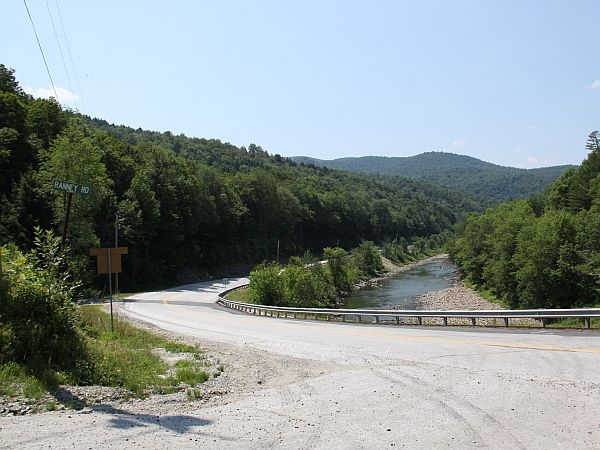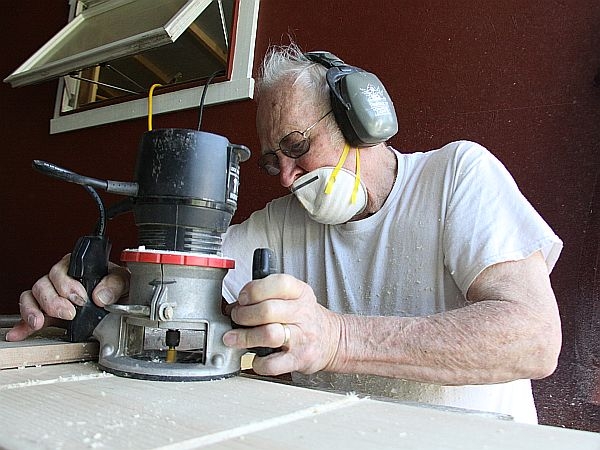
A year after Tropical Storm Irene turned mountain communities into islands, residents in one partially destroyed White River Valley community are pausing to reflect in the spirit of renewal and resilience, sacrifice and sustainability.
On the day Irene ripped through Stockbridge and dumped buckets of rain into the White River, Glenn Eldridge, 87, was working here in his woodshop.
"My neighbor rapped on the window and said, ‘Glenn you gotta get outta here. We’re gonna get flooded,’" Eldredge recalled. "I knew the brook was up, but I had heard that hundreds of times."
Still, the retired quality control engineer took time to go back into his house where he had lived with his wife for the past 60 years. He quickly considered what he couldn’t leave behind.
"I grabbed my cats and put them in the car," Eldredge said.
Eldredge also gathered some of his treasured tools before he joined his neighbors on higher ground just off Route 107. He watched the brook come up and up. And he watched floodwaters carry away a house and a barn and destroy a bridge.
When the rain finally stopped later that evening, four feet of water inundated his living room. Before dark the water had receded, leaving debris and mud and silt.
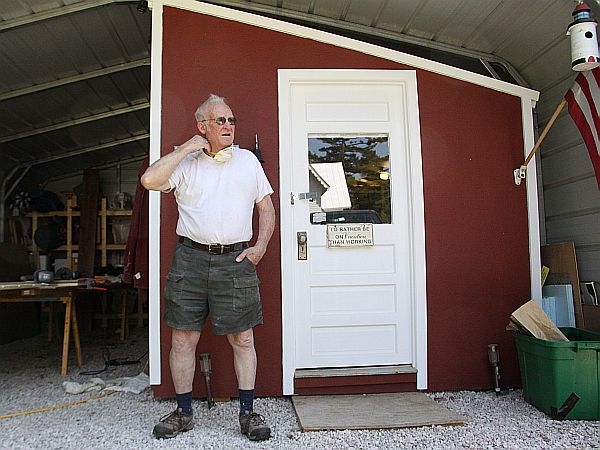 "It was just a terrible mess in there," he said.
"It was just a terrible mess in there," he said.
Now, like many in this small rural town, Eldredge is working his way through physical and psychological recovery. He says he’s looking forward to the day when he doesn’t think or talk about how Irene ruined his home.
"I don’t miss the place and I don’t ever want to go back there," Eldredge said, fighting back tears. "I said that to myself six hours after the waters receded that day. I said, ‘I’ll never live here again.’ And I’ve stuck with it."
Stockbridge and its longtime residents have absorbed floods in the past – most notably in 1927 – but no flood has been able to wipe this town off the map.
Many families whose homes were destroyed by Irene are still waiting for federal grants that would pay 75 percent of what their home was worth before the disaster. The grants would also pay 75 percent of the cost of demolishing flood-damaged houses. Town officials continue to work with various state and federal agencies on a plan to reinvent this town.
Mark Doughty is the emergency director in Stockbridge. Surrounded by debris and steep mountain slopes, he walks across a temporary bridge, miles from no where. Doughty admits some have questioned whether these roads and bridges should have been rebuilt at all.
"There are several places where we’ve got 50, 60, 70 feet of rock piled up to keep the hill from sliding down," Doughty said, pointing to some of the new roads. 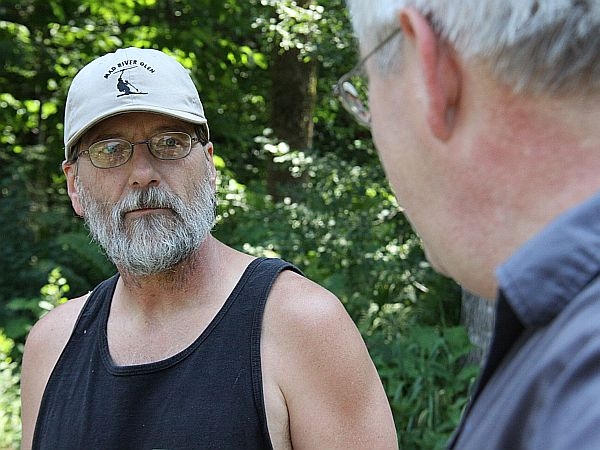
Doughty says Irene washed out nearly every road and bridge in town, so there are a lot of places where Stockbridge would like to put in better, more resilient bridges and culverts.
"We’d like to build it up to handle what we would expect future floods to be," Doughty said. "The problem is that FEMA won’t allow us to do that, so we have to put back what we had there."
These roads suffered so much damage that Stockbridge has had to repair them in patchwork. The work cost the town more than $5 million – an overwhelming tab for a town that has a $750,000 annual budget.
While Stockbridge has shown a superhero-like resiliency, Doughty says this community is human. He points to the abandoned homes that have ‘Keep Out’ and ‘No Trespassing’ signs in their windows.
"There are some desperate people who are willing to go out and take some desperate measures to put food on their tables. It’s been reported that some of the homes have been vandalized and they’ve have the plumbing cut out. It’s not a utopian place," said Doughty.
Across town, in the dank basement of his 1850s farmhouse, Stephen Aldrich watches the online video program TED Talks. This episode is about conservation and sustainability:
"When we see ourselves in nature, it also connects us to every one of us."
This is a theme that Aldrich has thought a lot about, especially since Irene. He’s the founder of Bio Economic Research Associates, an independent research and consulting firm. After Irene, his family was stranded in their home for three days. His house suffered thousands of dollars in damage.
But Aldrich says his company has a professional interest in the storm because it’s likely to be characteristic of the impacts of climate change.
"It would be really great if there were really strong incentives in place so that when the next one happens there would be real pressure not to just rebuild in the same place but to rethink doing it in a more sustainable way," Aldrich said.
Aldrich is idealistic and he says Irene has forced Stockbridge to re-imagine a town that people can be enthusiastic about building.
"We’ve got a lot of experienced players out there. This is not their first rodeo," he said. "And leveraging that experience and getting those people, it’s cheap and yet it can be incredibly beneficial." 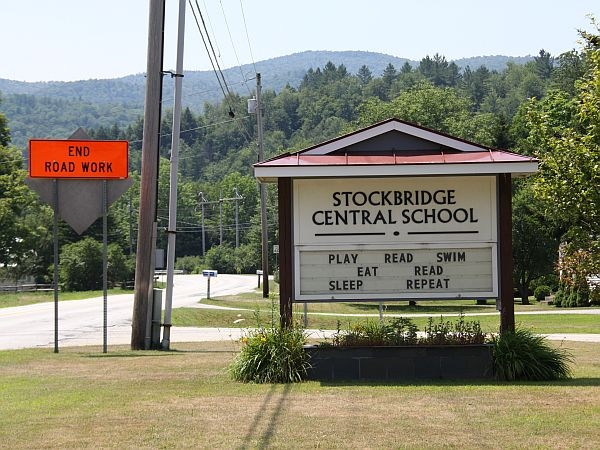
Others in Stockbridge are also thinking how to do things differently, how to live more as a community. Two Community Supported Agriculture farms have been launched since the storm, and there are talks about developing a town center.
But while some look forward, many homeowners are still waiting for their FEMA reimbursement checks.
"Of course you won’t know until that moment," Glenn Eldredge told Mark Doughty on a recent afternoon.
"I’m not sure what houses they’re going to want to see. But my guess is they’re going to want to see all of them," Doughty replied.
Like a loyal son, almost every week Doughty has been visiting Eldredge, whose home was devastated in the storm. Eldredge is now renting an apartment from his neighbor.
When he’s not worrying about Irene, he’s hoping to get back to his normal routine.
"I’m just taking it one day at a time, and enjoying my workshop," Eldredge said.
So next week, on the anniversary of the storm, that’s where he’ll likely spend the day – building something new with his two hands.
